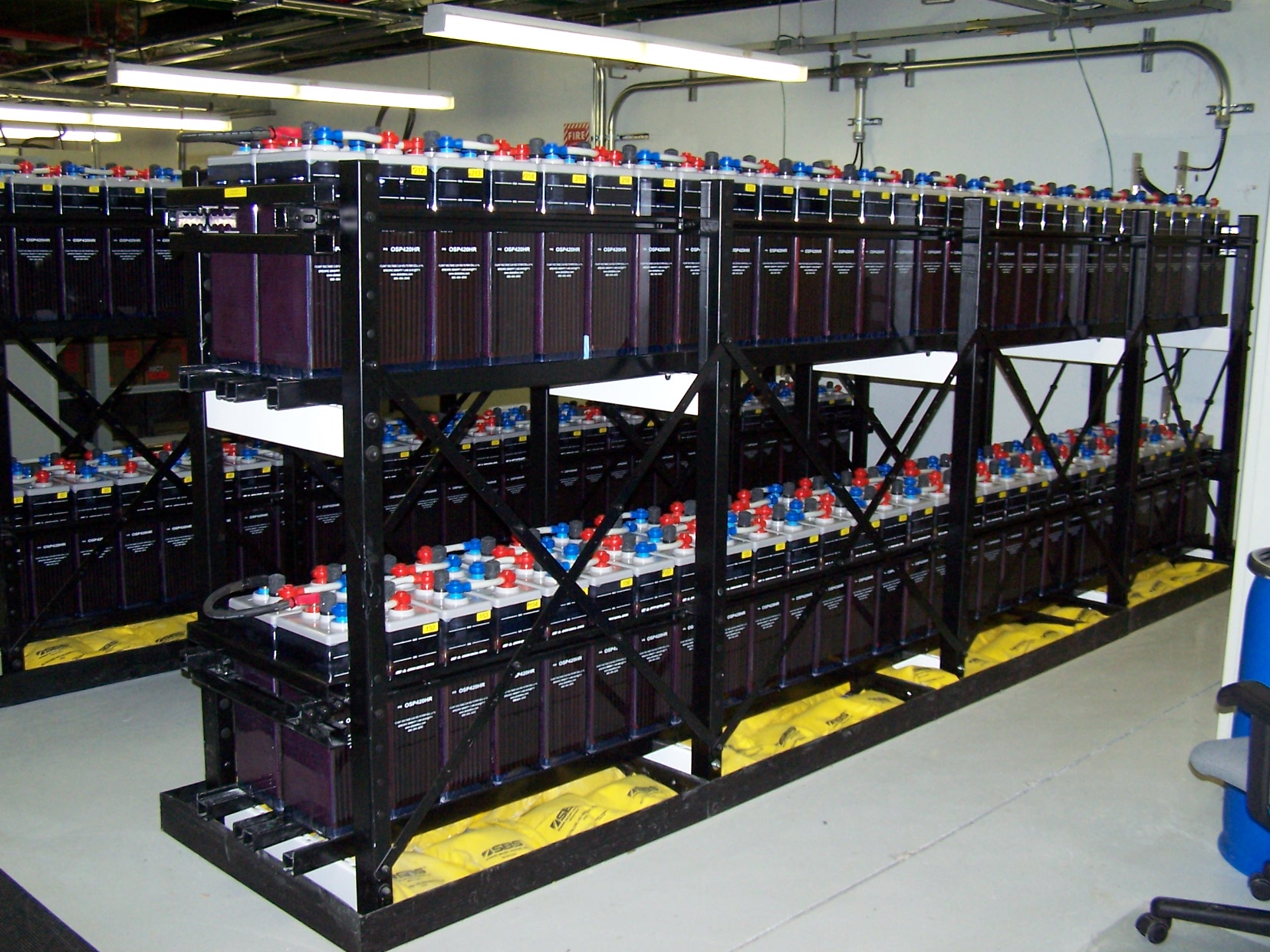Around 38 million Indians rely on health facilities without electricity. Without access to regular power supply, numerous life-saving interventions cannot be undertaken.
Ground report
A study, ‘Powering Primary Healthcare through Solar in India: Lessons from Chhattisgarh’, published recently by the Council on Energy, Environment and Water (CEEW) and supported by Oxfam India, evaluated 147 primary healthcare centres (PHCs) across 15 districts in Chhattisgarh. It highlights the role of solar energy in bridging the gaps in electricity access in rural healthcare facilities. In rural India, PHCs provide the last-mile delivery of healthcare services. The Rural Health Statistics 2016 data find that India has around 25,000 PHCs, and of the functional PHCs, 4.6% are not electrified. Further, the fourth round of District Level Household and Facility Survey data indicates that one in every two PHCs in rural India is either unelectrified or suffers from irregular power supply.
The use of renewable energy sources such as solar could help PHCs augment or even substitute traditional grid-based power systems. This would also help the transition towards a low-carbon, climate-smart healthcare system. Moreover, solar systems can facilitate reliable and uninterrupted electricity supply critical for 24/7 emergency services, deliveries and neonatal care, as well as inpatient and outpatient services.
In order to augment electricity supply across PHCs in power-surplus Chhattisgarh, the Chhattisgarh Renewable Energy Development Agency (CREDA), between 2012 and 2016, installed off-grid solar photovoltaic (PV) systems of 2kW each in 570 PHCs. Districts in Chhattisgarh with a higher share of power-deficit PHCs (with less than 20 hours of electricity supply per day from the grid), showed a higher infant mortality rate, a higher under-five mortality rate, and a lower proportion of fully immunised children. The CEEW study found that the solar-powered PHCs in Chhattisgarh admitted over 50% more patients and conducted almost twice the number of child deliveries in a month compared to the power-deficit PHCs without a solar system.
The ability of solar-powered PHCs to maintain cold chains to store vaccines and drugs and operate new-born care equipment has significantly improved. Almost one-fourth of the power-deficit PHCs in Chhattisgarh relied exclusively on solar as a backup to run cold chain equipment. Continuous electricity supply must be ensured to cold chains at PHCs, especially in rural Chhattisgarh, which has an infant mortality rate that is higher than the average for rural India. Further, patients showed more willingness to get admitted for treatment at the solar-powered PHCs due to facilities like running fans. Also, 90% of PHCs with solar systems reported cost savings due to lower electricity bills or reduced expenditure on diesel.
Can solar systems be scaled up?
Scaling-up solar-powered systems across PHCs in rural India is dependent on three factors. The first is to recognise the critical nature of electricity access in the entire health system infrastructure. The Indian Public Health Standards has set minimum service-level benchmarks for all activities of PHCs, indicating that every PHC should have power supply with a back-up option. The National Health Policy 2017 reiterates the commitment to improve primary healthcare by strengthening infrastructure. The second is the ability to adapt solar systems around the local needs and considerations of PHCs including the burden of disease, weather, terrain, and power availability. For example, disaster-prone areas that need blood storage units and other health services could invest in higher capacity systems or greater storage capacity. Third, there must be a focus on making ‘Solar for Health’ a national priority. Scaling solar systems (5kW) across PHCs to power healthcare services could contribute to about 160 MW of decentralised energy capacity. Solar power can be extended to cover subcentres (1kW systems) and community health centres (8kW systems), where the total potential would be around 415 MW.
Significant opportunities exist to simultaneously address the multisectoral goals of energy access, energy security, resource management, and health outcomes, often competing for resources and political attention. Solar power for healthcare in Chhattisgarh is a crucial opportunity, with evidence that scaling this initiative can meet national and regional ambitions for energy access and improved health outcomes.
Source: http://www.thehindu.com/opinion/op-ed/powering-rural-healthcare/article21419655.ece


